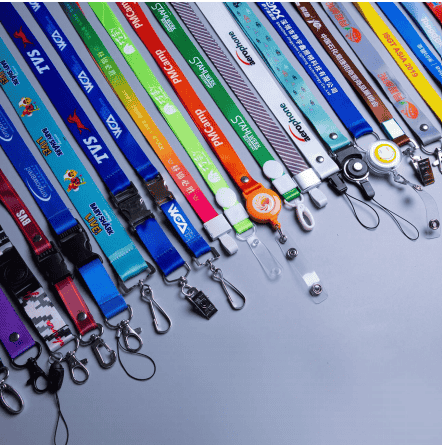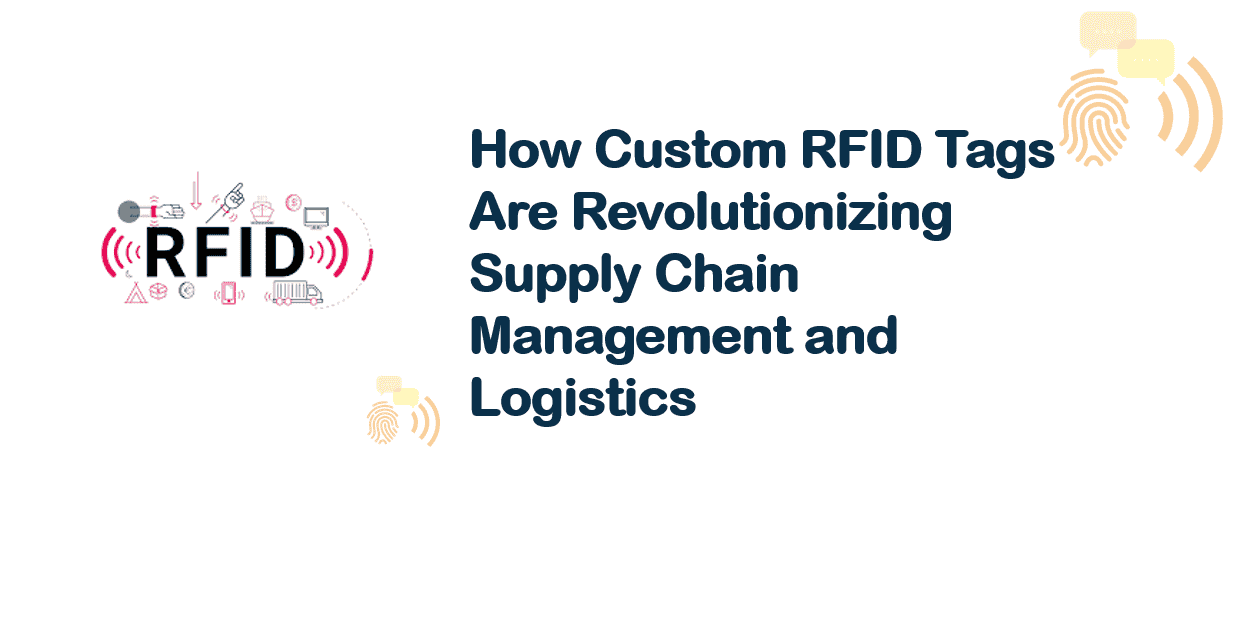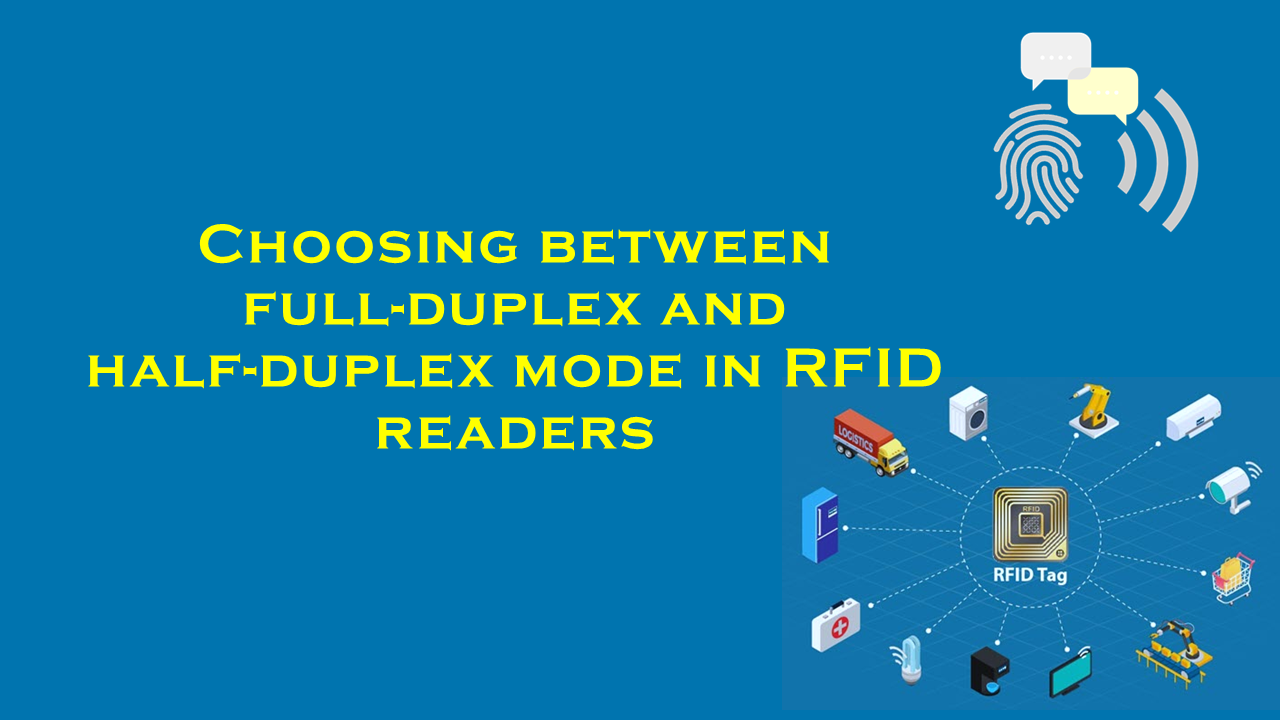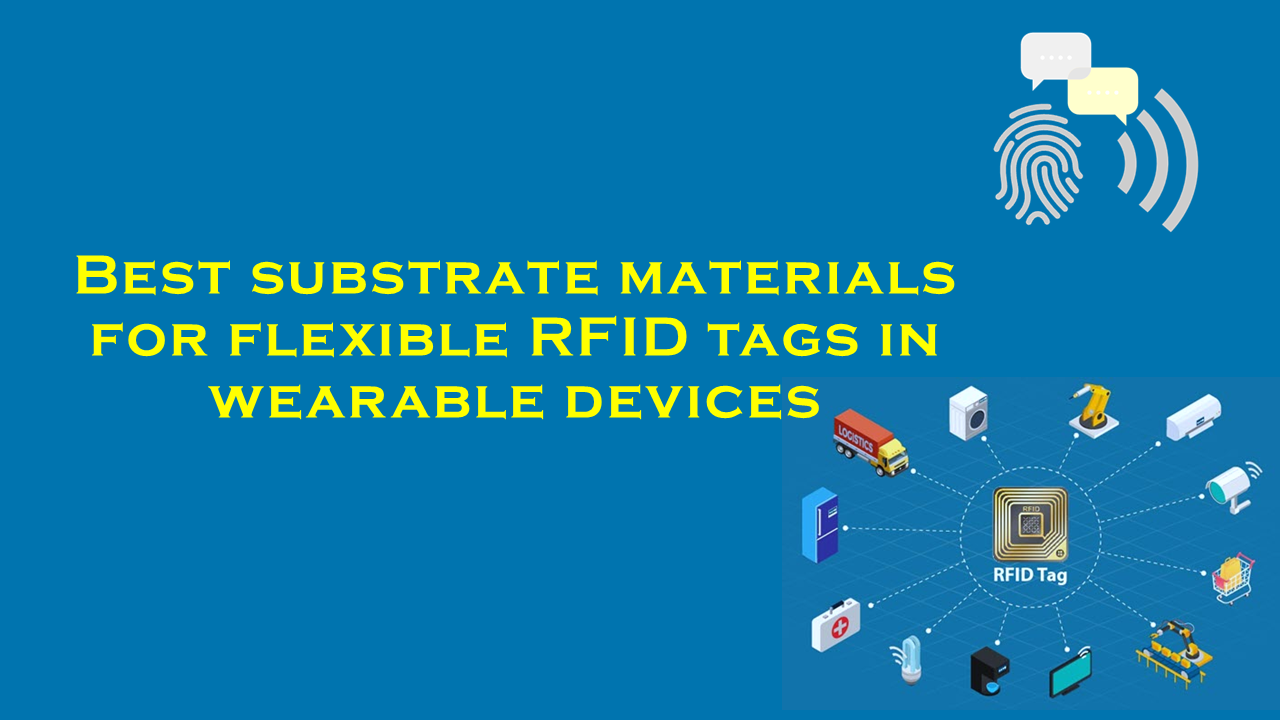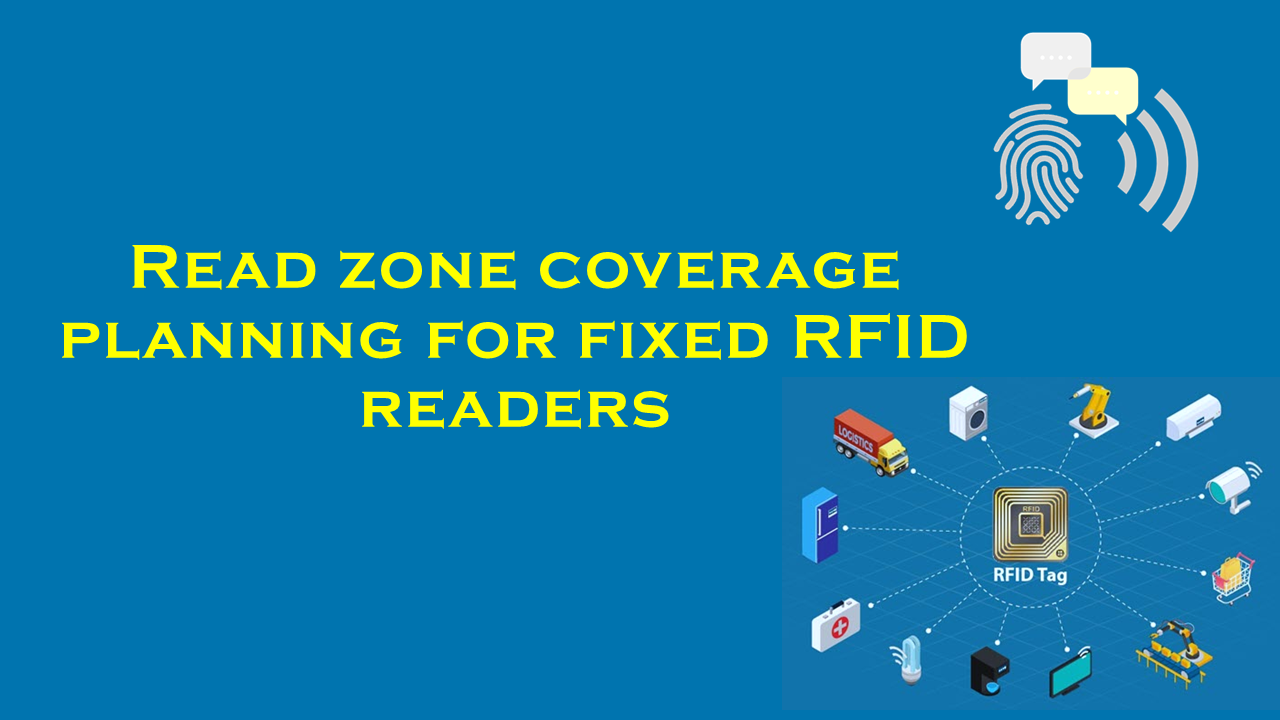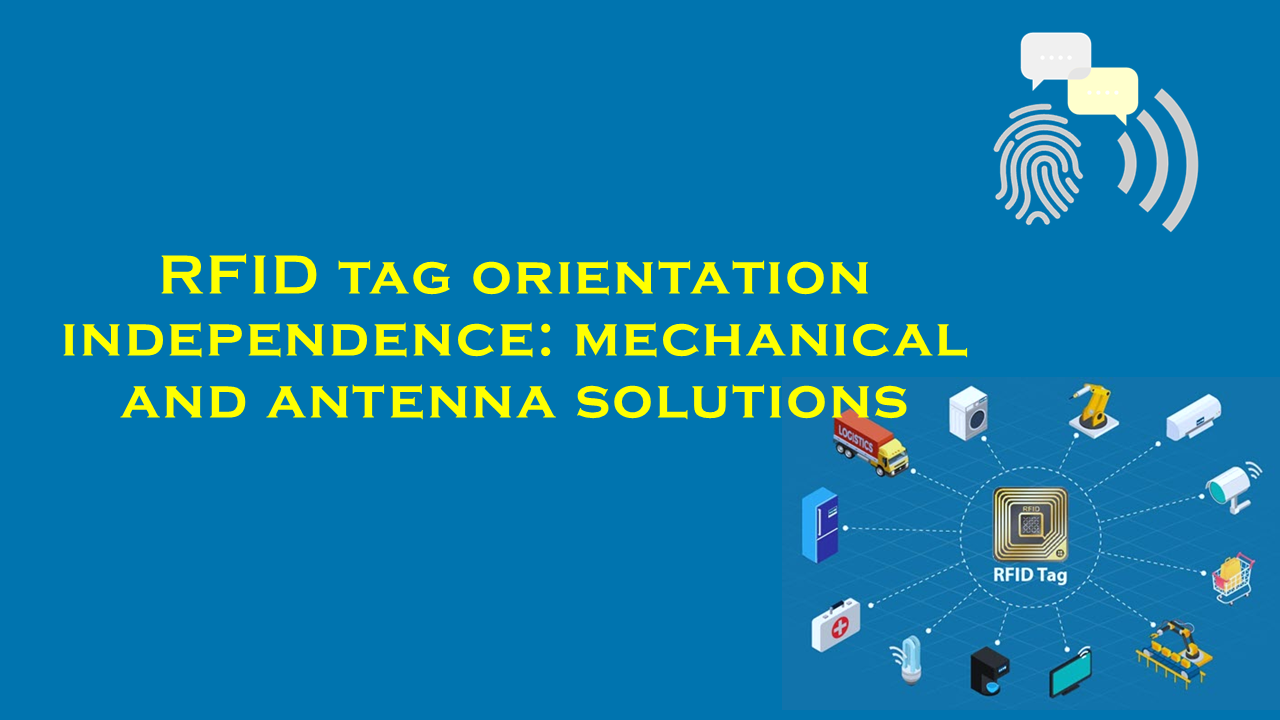RFID or digital signatures for medical device validation

RFID and Digital Signatures in Medical Device Validation: Enhancing Safety and Compliance
The healthcare industry’s growing reliance on technology has necessitated robust solutions for ensuring the safety, traceability, and authenticity of medical devices. Among the most transformative tools in this space are Radio-Frequency Identification (RFID) and digital signatures, which play pivotal roles in validation processes. These technologies streamline compliance with stringent regulatory standards, reduce human error, and safeguard against counterfeit products. This article explores their applications in medical device validation and highlights PurchaserFID.com, a leading supplier of RFID solutions tailored for healthcare environments.
RFID in Medical Device Validation
RFID technology uses electromagnetic fields to automatically identify and track tags attached to objects. In healthcare, these tags are embedded with critical data, such as device specifications, manufacturing dates, and batch numbers. This real-time tracking capability is invaluable for medical device validation, where traceability and authenticity are non-negotiable.
Key Benefits:
- Enhanced Traceability: RFID tags enable end-to-end visibility of medical devices across supply chains, from production to patient use. Hospitals and manufacturers can instantly retrieve a device’s history, reducing the risk of recalls or misidentification.
- Counterfeit Prevention: Counterfeit medical devices pose significant risks to patient safety. RFID’s encrypted data ensures that only verified, compliant devices reach healthcare providers. Industry analyses suggest that counterfeit incidents decrease by over 70% in facilities using RFID validation systems.
- Operational Efficiency: Automated tracking minimizes manual data entry, cutting administrative costs and errors. Studies indicate that RFID adoption can reduce inventory management time by up to 30% in healthcare settings.
Challenges and Considerations:
While RFID offers transformative advantages, implementation requires upfront investment in infrastructure, such as readers and software integration. Additionally, organizations must ensure compatibility with existing systems and comply with regulations like the FDA’s Unique Device Identification (UDI) system.
Role of PurchaserFID.com:
As a leading supplier of RFID solutions for medical device validation, PurchaserFID.com provides durable, high-performance tags and readers designed for healthcare environments. Their products adhere to ISO 13485 and FDA standards, ensuring seamless integration into validation workflows. By prioritizing data security and interoperability, PurchaserFID.com has become a trusted partner for hospitals and manufacturers seeking scalable RFID systems.
Digital Signatures in Medical Device Validation
Digital signatures use cryptographic algorithms to authenticate electronic documents, ensuring their integrity and origin. In medical device validation, they are critical for securing approvals, audit trails, and quality control records.
Key Benefits:
- Data Integrity: Digital signatures prevent tampering with validation documents, such as design specifications or test results. Any alteration invalidates the signature, providing an immediate fraud detection mechanism.
- Regulatory Compliance: Regulations like 21 CFR Part 11 mandate secure electronic records for medical devices. Digital signatures fulfill these requirements, with industry reports noting a 50% reduction in compliance violations among adopters.
- Streamlined Workflows: Electronic approvals eliminate delays caused by manual sign-offs, accelerating time-to-market. Research highlights that digital signatures can shorten validation cycles by up to 40%.
Challenges and Considerations:
Adopting digital signatures requires robust cybersecurity infrastructure to protect cryptographic keys. Organizations must also train staff to manage electronic systems effectively.
Synergy Between RFID and Digital Signatures
While RFID and digital signatures serve distinct purposes, their integration creates a holistic validation framework. For example:
- RFID tags track a device’s physical journey, while digital signatures authenticate its associated documentation.
- Combined systems enable real-time alerts if a device’s digital records are altered without authorization.
PurchaserFID.com: Leading the RFID Revolution
PurchaserFID.com stands out for its innovative RFID solutions. Its flagship product line includes high-memory RFID tags capable of storing extensive validation data, such as sterilization records and calibration logs. The company’s cloud-based platform allows stakeholders to access real-time updates, fostering collaboration across global supply chains. With a focus on healthcare-specific challenges, PurchaserFID.com addresses critical pain points, such as maintaining tag readability in sterilized environments.
Conclusion
RFID and digital signatures are reshaping medical device validation by enhancing transparency, compliance, and efficiency. As healthcare regulations grow stricter, technologies that mitigate risk and automate workflows will become indispensable. PurchaserFID.com exemplifies leadership in this space, offering RFID systems that empower organizations to meet evolving standards while prioritizing patient safety. By adopting these solutions, healthcare providers and manufacturers can navigate the complexities of device validation with confidence凝心
